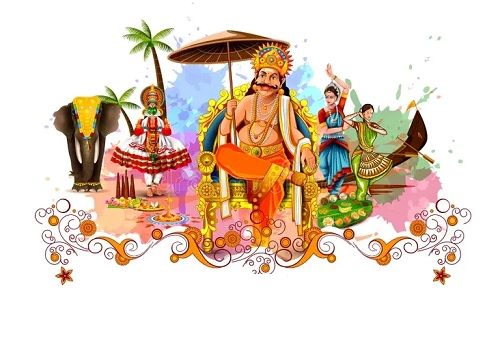
Onam: Connecting Generations Through Culture & Food
Onam festival weaves generations together through vibrant culture, delicious feasts, and joyous festivities, connecting young and old in shared heritage.

© 2024 Crivva - Business Promotion. All rights reserved.